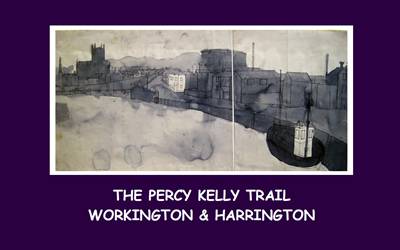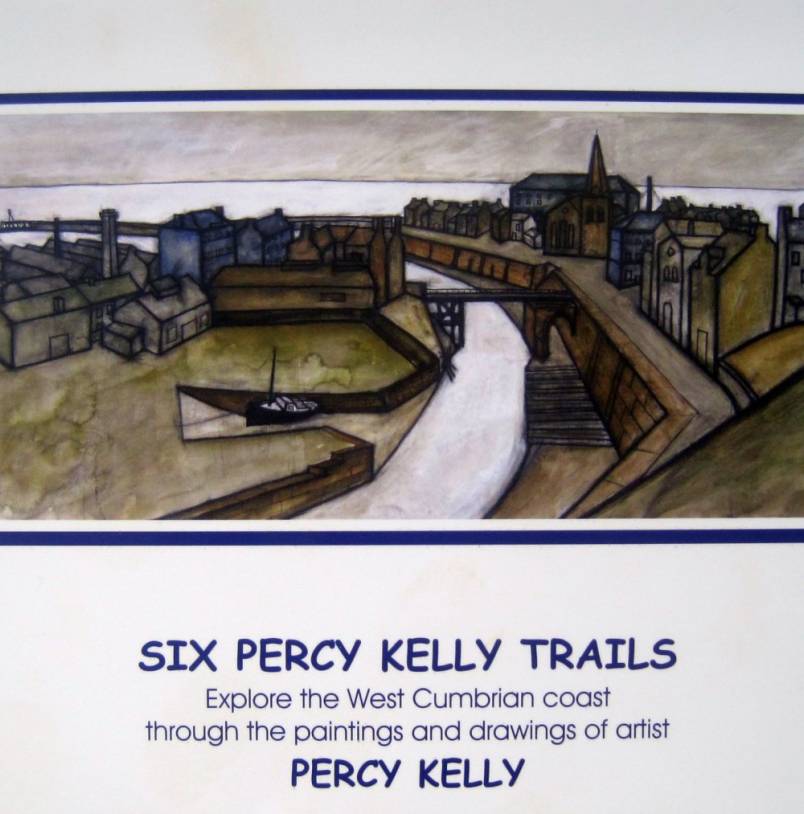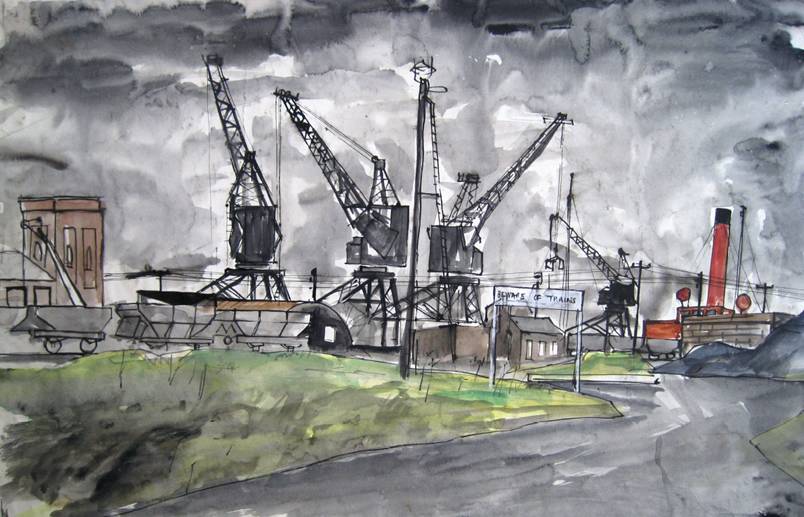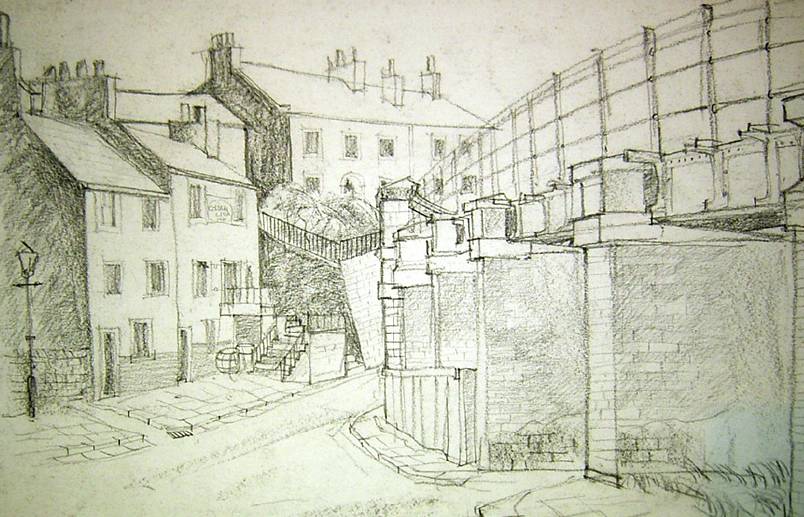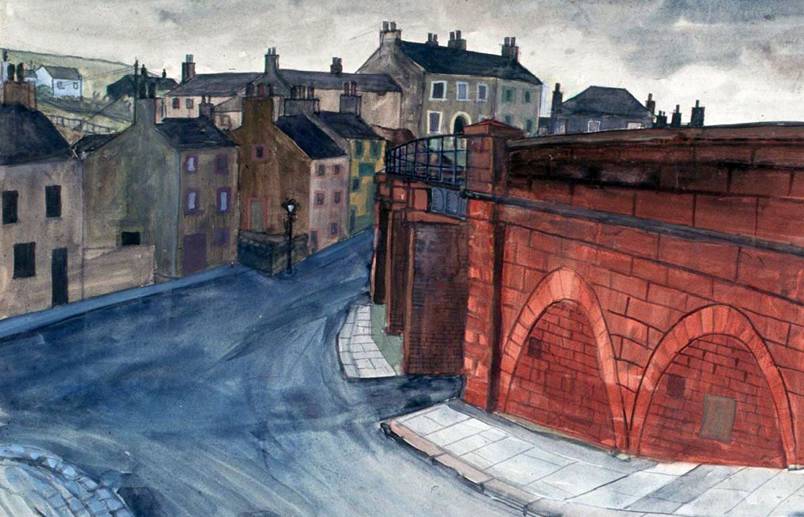Workington Trail
I am glad I was weaned on this sad and crumbling area because it taught me a fact of life. Utopia is an undesirable place.
Workington is not a tourist destination, nor is it Utopia but it is important as the town where Percy Kelly was born and grew up. This visit helps us understand him and his work. This trail tells the story of Kelly’s childhood. He lived in the centre of town until he was 10 in an area of grey depressing streets. There were 3 adults and 7 children crammed into the little terraced house. The harbour and docks were just a short walk away - a wonderland to a child. The trail emphasises the contrast. In 1928 the family moved to Salterbeck which is close to Harrington 3 miles further south. Although it is now a sprawling estate it was comparatively rural then. It was from there that he discovered the harbour and the Lake District inland. This is the shortest and easiest of the six trails. You will spend time at the harbour in Workington where Kelly did his first drawings and walk past his home in Corporation Road and first school a little further along. It is easy to imagine him as a small child marching down to the harbour with a pencil and paper – often just a bit of cardboard packaging. You can see him toddling off to school with his twin brother John.
Then move on to Harrington, the place to which he returned at many times in his life to draw and paint. It is possible to walk between the two places but the path along the coast from the harbour soon moves inland through a retail park, industrial estate and housing. It is better to hop on a train for the 6 minute ride but check the train times. There is no Sunday service.
Workington suffered badly in the 2009 floods when the swollen river Derwent which is served by 6 lakes, destroyed all the bridges in its path leaving the town physically divided and a well respected local policeman dead. The railway bridge was the lone survivor and a new station - Workington North - was created. It now has new bridges.
This industrial town benefited from the 18th century Industrial Revolution because of its excellent natural resources; iron ore, coal,.limestone and phosphorus-free haematite combined with a natural harbour. Henry Bessemer set up an iron smelting process and British Steel developed the world’s first large scale steel works in Moss Bay. Railway lines made there were exported round the world. The plant closed in 2006 and Corus pulled out in 2008 causing widespread unemployment. Its industry is now in the docks, waste management, paper making and recycling. Harrington too benefited from the natural resources along that coast. At its peak it had 5 railway stations, a busy harbour, a coal mine, quarries, chemical works and shipbuilding. Old photographs show smoking chimneys, furnaces and factories clustered round the harbour area. Its magnesium works came into prominence in WW2 when a secret plant was set up to extract magnesium for use as aircraft parts and bombs. All this is gone. Harrington is now a dormitory area for neighbouring industries. The harbour area has been cleared and grassed making a pleasant leisure area.

